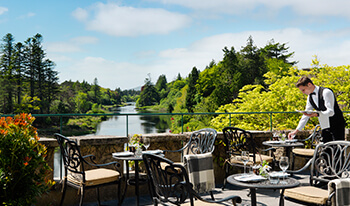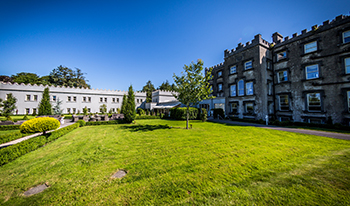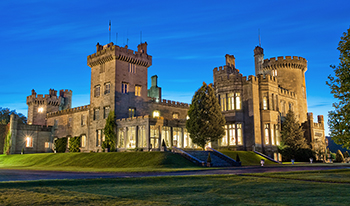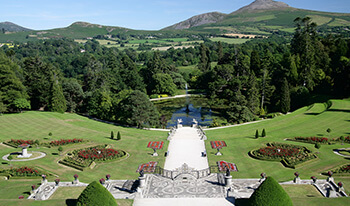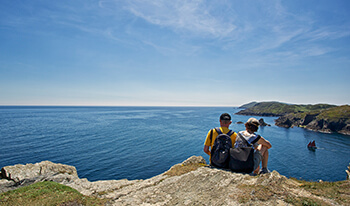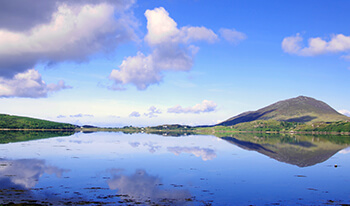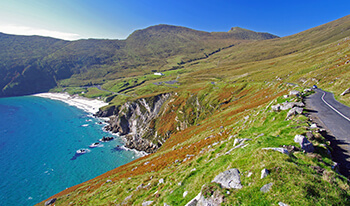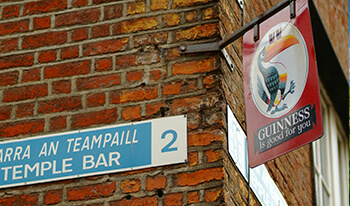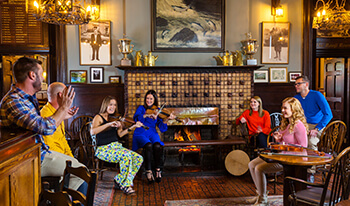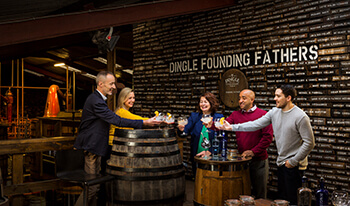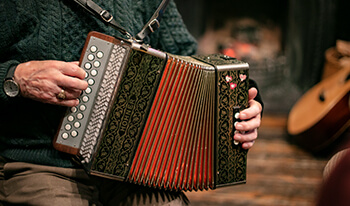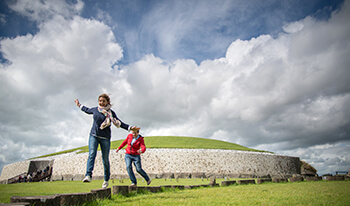Kilkenny is the county town of County Kilkenny in Ireland. It is situated on both banks of the River Nore, at the centre of County Kilkenny in the province of Leinster in the south-east of Ireland. Kilkenny City is administered by a borough council and has a Mayor. The population of the town and its environs is approximately 25,000. The majority of the population of Kilkenny City live outside the borough boundary.
From an ecclesiastical foundation, Kilkenny was the ancient capital of the kingdom of Ossory. The town was established, then a city, in 1609 by royal charter. Kilkenny was the capital of Confederate Ireland between 1642 and 1649. The seat of the Roman Catholic Bishop of Ossory and the Church of Ireland Bishop of Cashel and Ossory are in Kilkenny.
Kilkenny is famous for its medieval building and castle. The town has been referred to as the "Marble City" for centuries. People from Kilkenny are often referred to as 'Cats'.
Kilkenny was given the status of a city by Royal Charter in 1609 by King James I of England.
Kilkenny was the capital of Confederate Ireland between 1642 and 1649, until it surrendered during the Cromwellian conquest of Ireland. In 1710 St. Francis Abbey Brewery, the home of Smithwick's Ale, was founded by John Smithwick.
However, Kilkenny does not have a city council as according to the Local Government Act 2001 there are only five cities in Ireland; Dublin, Cork, Waterford, Limerick and Galway. This move upset many of the inhabitants of Kilkenny and local politicians and so a provision was added to the act to allow for "the continued use of the description city in relation to Kilkenny, to the extent that that description was used before the establishment day".
In early Norman times, up to the late 12th century, Kilkenny was the capital of the colony in Ireland. It also became the home of a preceptory of the Knights of St Thomas. By the late thirteenth century Kilkenny was under Norman-Irish control. The Norman presence in the town is still very evident. Kilkenny Castle was built on an outcrop of rock offering a natural vantage point at a prominent bend in the River Nore. This lies on the site of earlier wattle and mud structures and was the site of the fortifications of the Fitzpatricks and the O'Carrolls (AD 840), amongst others.[citation needed] A series of walls was built to protect the burghers. There were two townships Irishtown, and Englishtown. Irishtown had its charter from the bishops of Ossory and Englishtown which was established by William Marshal, 1st Earl of Pembroke.
A account of the Black Death from a monastery in Cill Chainnigh, by Friar John Clyn in 1348[9]
The pestilence gathered strength in Kilkenny during Lent, for between Christmas day and 6 March, eight Friars Preachers died. There was scarcely a house in which only one died but commonly man and wife with their children and family going one way, namely, crossing to death.
Tours featuring this attraction
Peace of Mind Guarantee
Your trip, worry free!Our Ireland based team is on call throughout your vacation!
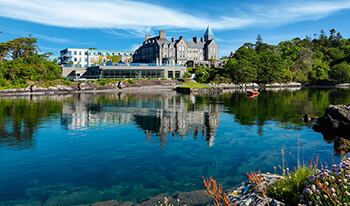

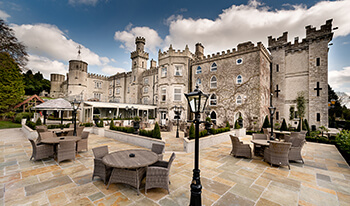
.jpg)
